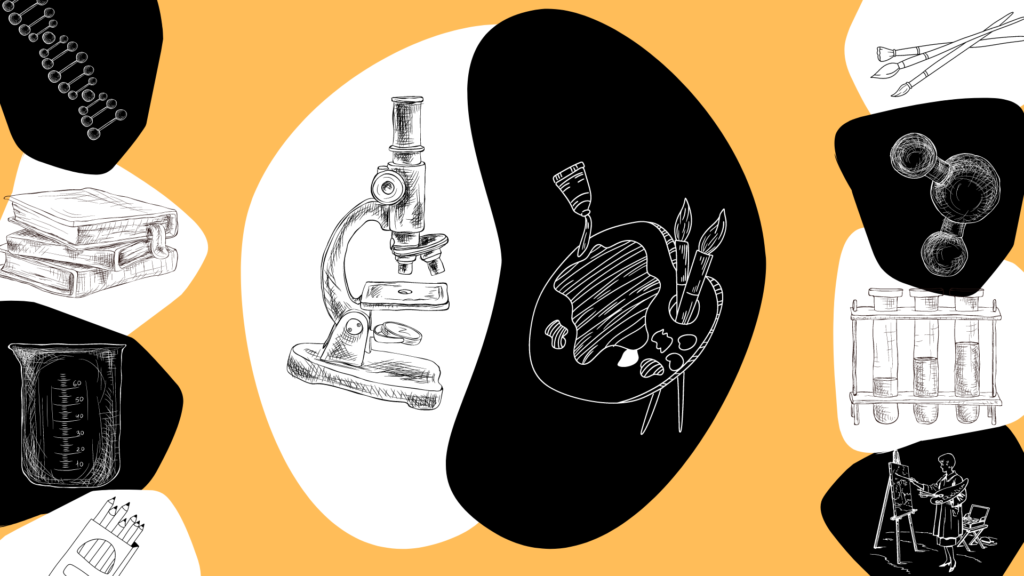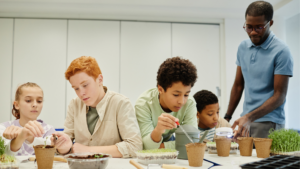
I had a chance a couple of weeks ago to spend time with the team at the New Teacher Center. It was a powerful experience to get to learn alongside them as they explored what it means to disrupt inequity and the work that lies ahead for them. As I listened and learned, near the end of my time with them I was struck by a phrase I’ve heard many times before – the art and science of teaching.
If we go back to Robert J Marzano’s 2007 framing in the Art and Science of Teaching, he highlights the importance and mix of supporting students with feedback, content instruction, and understanding their strengths and weaknesses to help meet their specific needs. In other words a focus on communication, content, and context.
What struck me in a way that never has before is that the “art” or artistry of teaching is as much science backed as the “science”. We’ve come to understand more about learning and development. Our understanding of building social, emotional, cognitive skills has advanced. We more clearly understand brain development (especially adolescent brain development). Because of these advancements, we have science backing for all that we say educators (which I’m using in its broadest sense here) can and should do to ensure successful learning.
What was once just art is now clearly articulated in science:
We can no longer separate the heart space of teaching with the technical side of teaching.
- Young people need to build relationships and must feel like they belong to effectively learn
- This must be coupled with engaging learning experiences and wrap around supports
- Young people make meaning through reflection, personal connections, and feedback
- Young people are particularly attuned to their context and have deep need for support from adults
We can no longer separate what a colleague of mine used to talk about as the heart space of teaching from what Atyani Howard with New Teacher Center called the technical side of teaching on our Changing the Odds Remix podcast. In recognizing the multiple sciences, we honor that the science in the heart space is just as important as the science in the technical space.
So is it just the science of teaching then with no art? Certainly not. I think we’ve all experienced educators who bring artistry to their work – their passion, their creativity, their own relationships and connections that weave. And we’ve seen the magic that happens when learners experience both capacity and skill building and motivation and meaning making.
I’d propose instead a simple solution – lets recognize the plural. From here on out I’ll be talking about the arts and sciences of teaching and learning.



No comment yet, add your voice below!